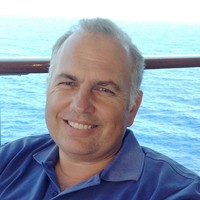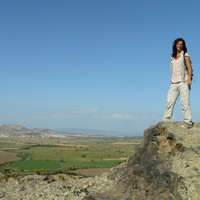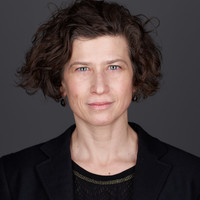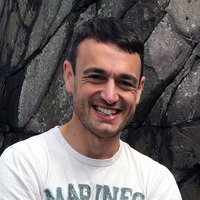
Mustafa Adak
Historian with interest for epigrapy
Phone: +242 3106183
Address: Akdeniz Üniversitesi
Edebiyat Fakültesi
Eskiçağ Dilleri ve Kültürleri Bölümü
Kampüs - 07058 Antalya
Phone: +242 3106183
Address: Akdeniz Üniversitesi
Edebiyat Fakültesi
Eskiçağ Dilleri ve Kültürleri Bölümü
Kampüs - 07058 Antalya
less
Related Authors
Noel B. Salazar
KU Leuven
Christina Williamson
University of Groningen
Alejandra B Osorio
Wellesley College
Sinclair W Bell
Northern Illinois University
Mantha Zarmakoupi
University of Pennsylvania
Jonathan Prag
University of Oxford
Maria Nilsson
Lund University
Giulia Sissa
Ucla
Florin Curta
University of Florida
Henry Colburn
Hofstra University
InterestsView All (80)










Uploads
Papers by Mustafa Adak
composition of the legion, stationed in Zeugma since 66 AD, had changed. While in the early phase recruitment from the western part of the empire predominated, in the 2nd and 3rd centuries the vast majority of soldiers came from the east. However, since the prosopographical material is extremely poor, we caution against hasty conclusions.
not received much attention, is preserved. One of the blocks mentions Iulius Proclus as donator of the proskenion. The same person is mentioned on the base of a statue dedicated to emperor Hadrian (I.Prusias 34). A comparison of the letter forms suggests that both inscriptions were likely cut by the same stone mason. As a result, the stage building, too, seems to have been dedicated to Hadrian (beside the Roman senate and people). The financing of the building was closely connected with a civic office, probably that of the archpriest
(ἀντὶ ἀρ[χιερωσύνης]). In this context, the author speaks against the use of the term «summa honoraria» for the eastern provinces. Further considerations include the position of the stage building and its long inscription in the topography of Prusias.
composition of the legion, stationed in Zeugma since 66 AD, had changed. While in the early phase recruitment from the western part of the empire predominated, in the 2nd and 3rd centuries the vast majority of soldiers came from the east. However, since the prosopographical material is extremely poor, we caution against hasty conclusions.
not received much attention, is preserved. One of the blocks mentions Iulius Proclus as donator of the proskenion. The same person is mentioned on the base of a statue dedicated to emperor Hadrian (I.Prusias 34). A comparison of the letter forms suggests that both inscriptions were likely cut by the same stone mason. As a result, the stage building, too, seems to have been dedicated to Hadrian (beside the Roman senate and people). The financing of the building was closely connected with a civic office, probably that of the archpriest
(ἀντὶ ἀρ[χιερωσύνης]). In this context, the author speaks against the use of the term «summa honoraria» for the eastern provinces. Further considerations include the position of the stage building and its long inscription in the topography of Prusias.